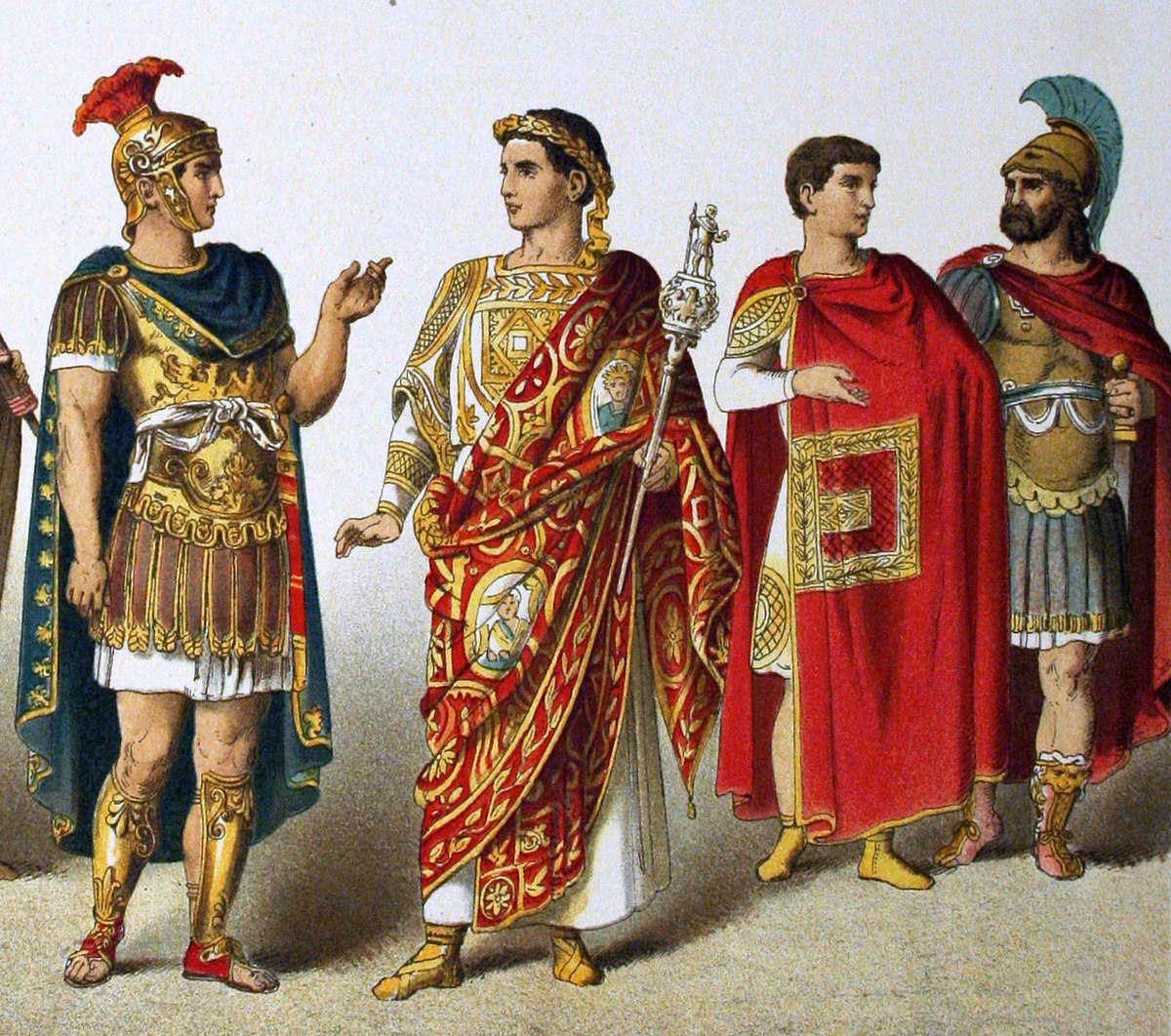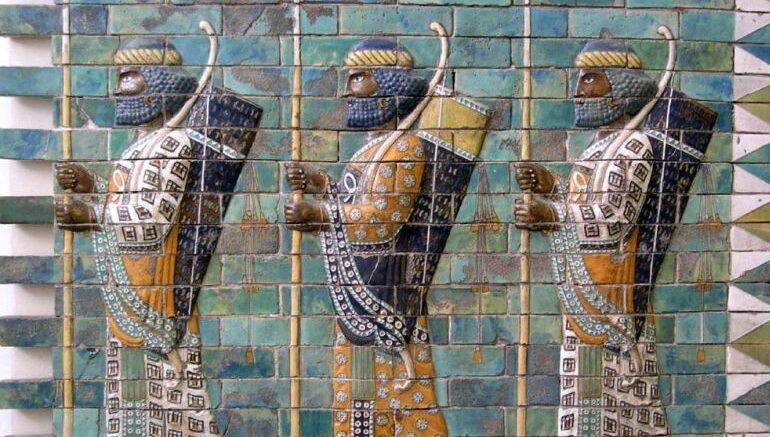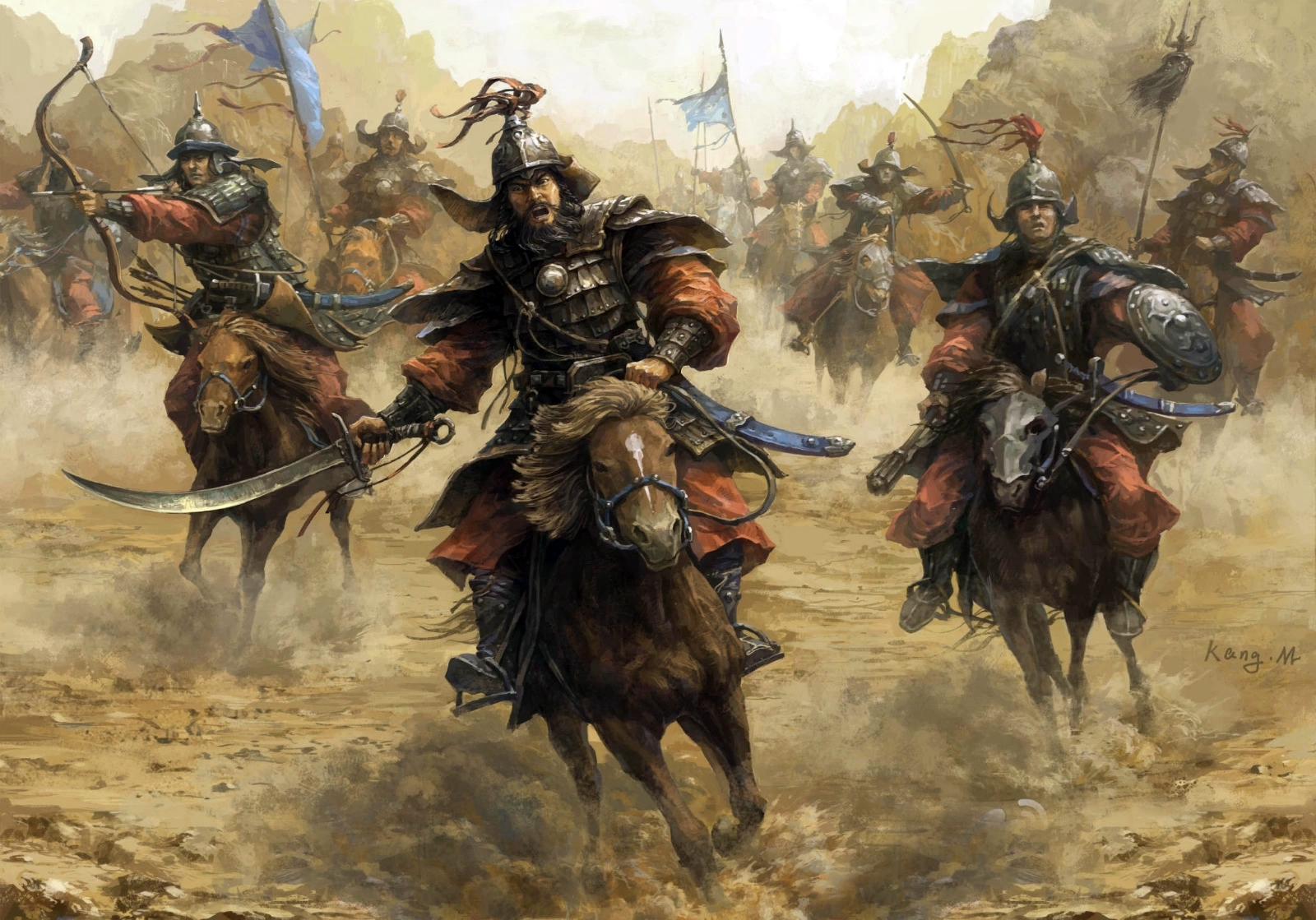
Roman Empire
Masters of engineering and law, the Romans built roads, aqueducts, and an empire that lasted centuries under the banner of SPQR.
Their innovations in governance, architecture, and military organization set the foundation for Western civilization.
Explore Rome

Achaemenid Persia
Visionary rulers like Cyrus and Darius united diverse peoples through a sophisticated bureaucracy and religious tolerance.
Their grand palaces at Persepolis and the Royal Road exemplify Persia’s influence on trade, culture, and administration.
Explore Persia

Tokugawa Shogunate
Ruling Japan for over 250 years, the Tokugawa Shogunate established peace, stability, and a rigid social order during the Edo period.
With a focus on isolationism, cultural refinement, and samurai honor, this era shaped Japanese identity and tradition well into the modern age.
Explore Tokugawa Japan

Mongol Horde
Under Genghis Khan and his successors, the Mongols forged history’s largest contiguous land empire with unparalleled cavalry tactics.
Their emphasis on mobility, meritocracy, and religious freedom left an enduring legacy across Eurasia.
Explore the Mongols



